The Role of Media in Shaping Social Perceptions
Media can also affect how people think because it has the potential to change attitudes, beliefs and actions of the society. And media in any form – TV, newspapers, social media, the internet – makes a fundamental difference to how individuals and societies perceive themselves and others. Here are some of its primary functions.
Defining Social Norms
- Media communicates values but also affirms them. It is the template of what is normal or acceptable or desirable in a culture.
- Our television programmes, advertising and movies all show unrealistic ways of life, body types and behaviours, and their standards.
Framing Public Discourse
It’s the media that decides what is and is not newsworthy, and the way in which people respond to it. The media’s attention to one thing, say climate change or immigration, for instance, might incentivise people to act.
Story framing – word choice, images, emphasis – affects how people see events or groups.
Stereotyping and Representation
Stereotypes are promoted or challenged through media. When negative information is portrayed about one racial, ethnic, gender or social group, this causes bias and discrimination.
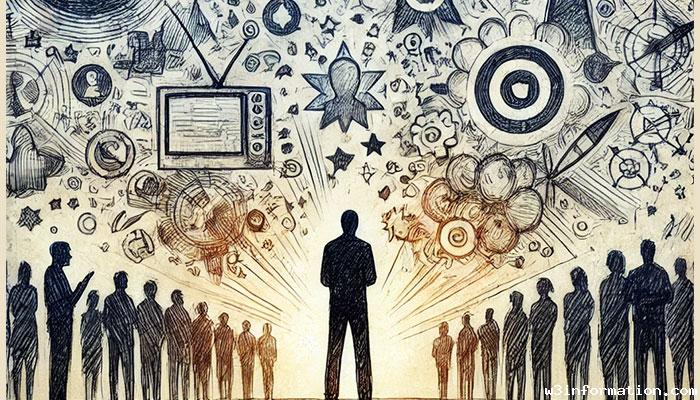
On the other hand, diverse representation is anti-stereotyping, welcoming and enabling.
Influencing Political and Social Movements
The media has political activism and social movements. It is social media that’s brought about movements such as #BlackLivesMatter, #MeToo and climate change.
News media – including what it thinks about political leaders, policies and world affairs – determines elections and policy-making.
Amplifying Polarization
Media brings people together but it also divides them. Digital algorithm create "echo chambers," support for a set of values, and polarize groups.
Sensationalism and distortionary reporting will also only perpetuate mistrust and divides between different social or political constituencies.
Education and Awareness
Media is a media of information and learning about challenging social, scientific and cultural phenomena.
Documentaries, educational films and investigative reporting bare the ugly face of society and compel reform.
Shaping Consumer Culture
In advertising and branding, media shapes people’s behaviour, and ideas about success, happiness and identity.
Media images of luxury, beauty and status instil hopes that fuel consumption.
The Role of Social Media
Social media had made information delivery more democratic, and now individuals were as much the architect of perceptions as the institution itself. But it has also fed the false news and propaganda.
Trends, opinions and social norms are all influenced by viral content and influencers.
Challenges and Responsibilities
Fair Journalism: Media is bound to report balanced, factual, objective information.
Stopping Bias: We need to make sure there is just representation, no unhelpful stereotypes, for inclusivity.
Media Literacy: Teaching the citizens to read media critically will prevent it from bringing harms.
Conclusion: The media has enormous influence in how people perceive the world, for better and for worse. The impact underlines the need for responsible media and intelligent public consumption.
 Mobile Security: Tips to Keep Your Phone Safe
Mobile Security: Tips to Keep Your Phone Safe
 Top Mobile Apps for Productivity
Top Mobile Apps for Productivity
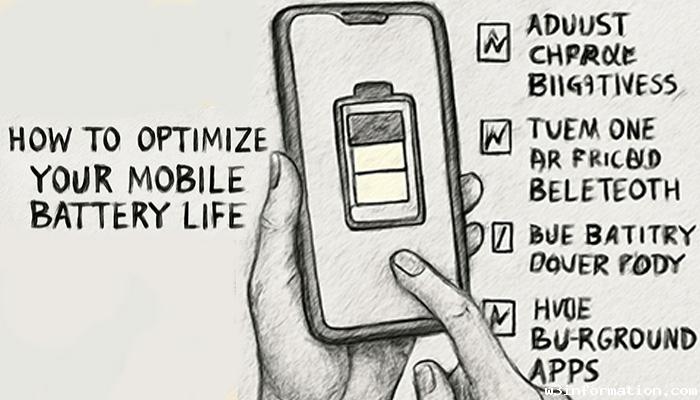 How to Optimize Your Mobile Battery Life
How to Optimize Your Mobile Battery Life
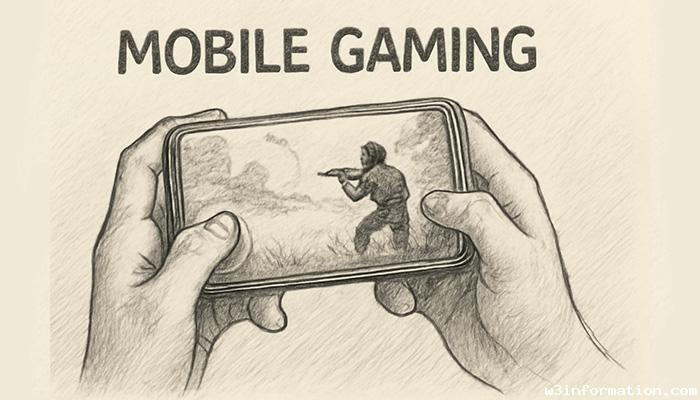 Mobile Gaming: The Best Games in 2025
Mobile Gaming: The Best Games in 2025
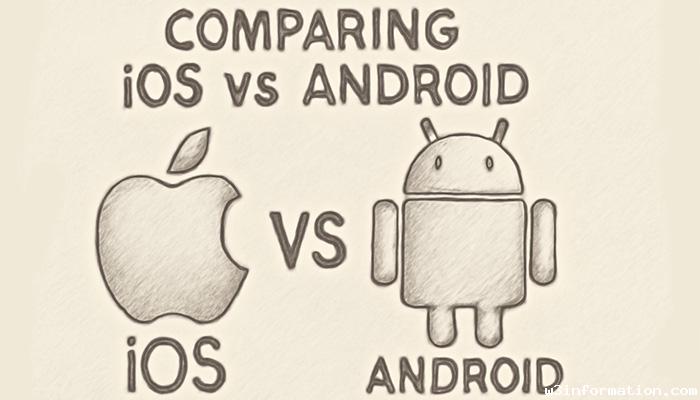 Comparing iOS vs Android
Comparing iOS vs Android
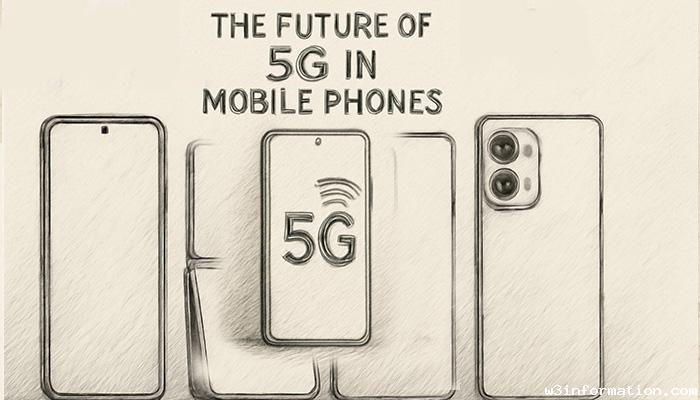 The Future of 5G in Mobile Phones
The Future of 5G in Mobile Phones